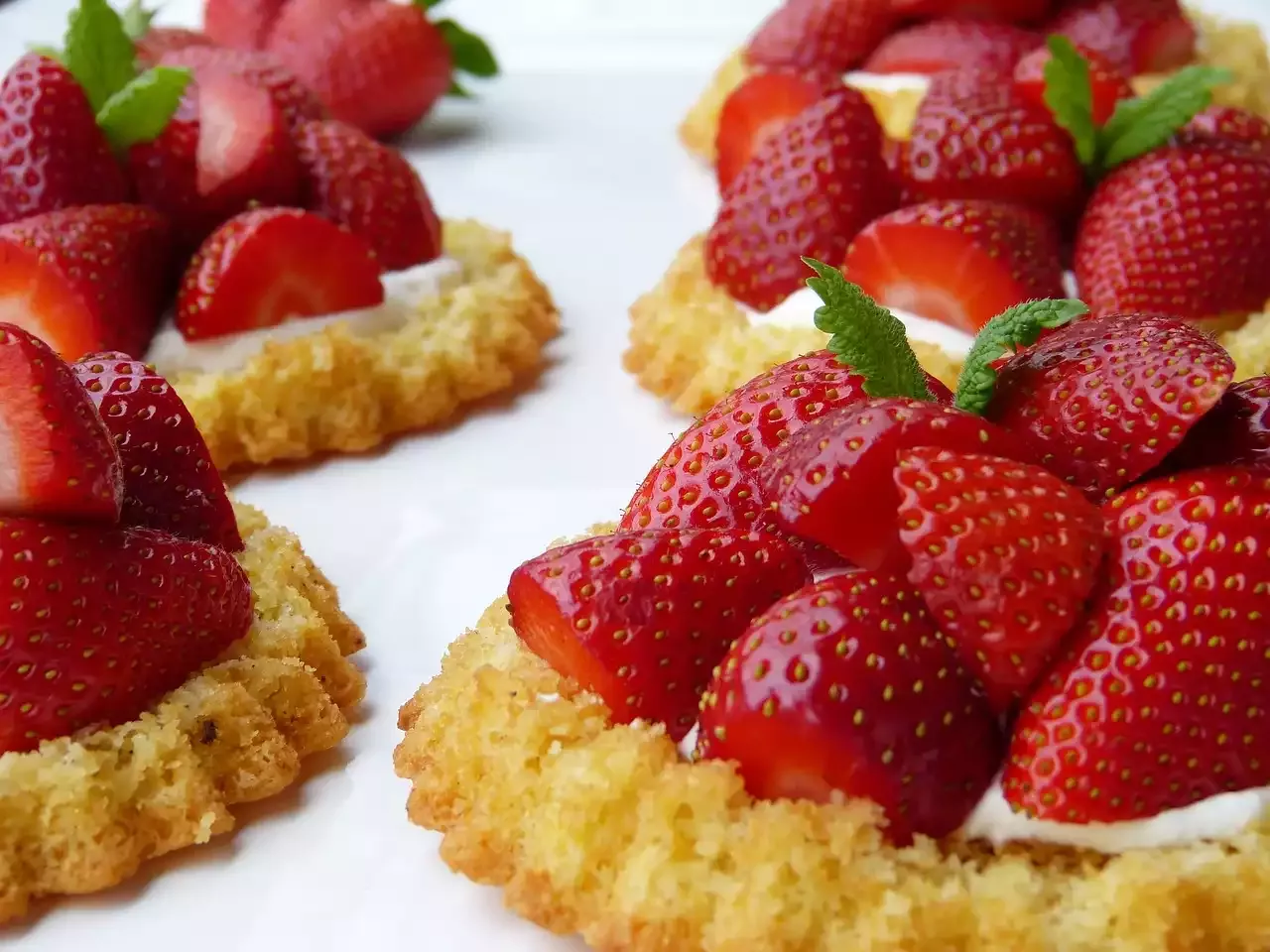Tips for Making Gluten-Free Pizza Dough
When it comes to gluten-free pizza, the dough is the foundation of a delicious pie. Creating the perfect gluten-free pizza dough can be a challenge, but with the right tips and techniques, you can achieve a dough that is both flavorful and easy to work with.
1. Choose the Right Gluten-Free Flour Blend
The first step in making gluten-free pizza dough is selecting the right flour blend. There are many gluten-free flour options available on the market, but not all of them are suitable for pizza dough. Look for a blend that is specifically designed for bread or pizza making, as these blends typically contain a mix of flours and starches that help mimic the texture and flavor of traditional pizza dough. Some popular gluten-free flours to consider include almond flour, rice flour, tapioca flour, and potato starch. Experiment with different blends to find the one that works best for you.
2. Add Xanthan Gum or Guar Gum for Better Texture
Gluten is responsible for the elasticity and structure of traditional pizza dough. Since gluten-free flours lack this protein, it's important to add a binder to help create a similar texture. Xanthan gum and guar gum are commonly used binders in gluten-free baking. These gums help hold the dough together, preventing it from becoming crumbly or falling apart. Add about 1/2 to 1 teaspoon of xanthan gum or guar gum per cup of gluten-free flour to achieve the desired texture.
3. Incorporate Enough Liquid for a Soft, Workable Dough
Gluten-free flours tend to absorb more liquid than their gluten-containing counterparts. To ensure that your dough has the right consistency, it's important to incorporate enough liquid. Start by following the recipe instructions, but be prepared to add more liquid if the dough feels too dry or crumbly. Water is usually the most common liquid used in gluten-free pizza dough recipes, but you can also experiment with other liquids such as milk, buttermilk, or even vegetable broth to add extra flavor to the dough.
4. Let the Dough Rest for Better Flavor and Texture
Resting the dough is an essential step in gluten-free pizza making. Allowing the dough to rest for at least 30 minutes before shaping and baking helps the flours hydrate fully and improves the overall flavor and texture of the crust. During this resting period, the dough will become more pliable, making it easier to work with and resulting in a lighter, more tender crust. Don't skip this step, as it can make a significant difference in the final outcome of your gluten-free pizza.
5. Use Parchment Paper or a Pizza Stone for Easy Handling
Gluten-free pizza dough can be sticky and delicate, making it challenging to transfer from the work surface to the baking sheet or pizza stone. To make the process easier, use parchment paper or a pizza stone. When shaping the dough, place it on a sheet of parchment paper lightly dusted with gluten-free flour. This will prevent the dough from sticking to the surface and make it easier to transfer to the oven. Alternatively, if you have a pizza stone, preheat it in the oven and shape the dough directly on the hot stone. This method will help create a crispy, restaurant-style crust.
6. Prebake the Crust for a Crispy Base
Prebaking the crust is a technique commonly used in gluten-free pizza making to ensure a crispy base. Once you have shaped the dough, transfer it to a preheated oven and bake it for a few minutes until it starts to firm up and become slightly golden. This step helps create a sturdy base that can withstand the weight of the toppings without becoming soggy. After prebaking, remove the crust from the oven, add your desired toppings, and return it to the oven to finish baking.
7. Experiment with Toppings and Flavor Combinations
One of the best things about making your own gluten-free pizza is the freedom to experiment with different toppings and flavor combinations. From classic margherita to BBQ chicken or vegetarian options, the possibilities are endless. When choosing toppings, opt for fresh, high-quality ingredients to enhance the overall flavor of your pizza. Don't be afraid to get creative - mix and match different cheeses, vegetables, herbs, and even fruits to create unique and delicious combinations. Remember to balance the flavors and textures to achieve a well-rounded and satisfying pizza experience.
Now that you have the tips and techniques for making wholesome gluten-free pizzas, it's time to put them into practice. Gather your ingredients, follow the recipe instructions, and let your creativity shine. Get ready to enjoy a delightful pizza experience without compromising your dietary needs or sacrificing taste. With these wholesome gluten-free pizza recipes and tips, you can satisfy your cravings guilt-free and indulge in the ultimate pizza pleasure. So, what are you waiting for? It's time to start creating your own delicious gluten-free pizzas right at home.

